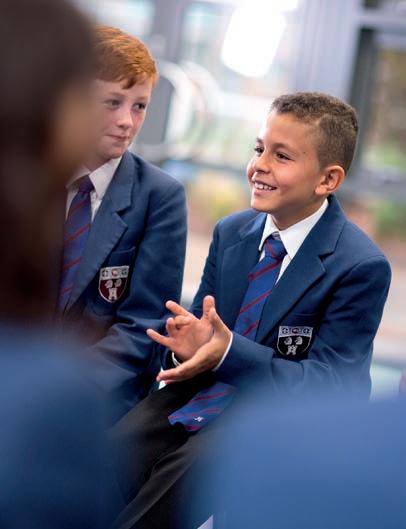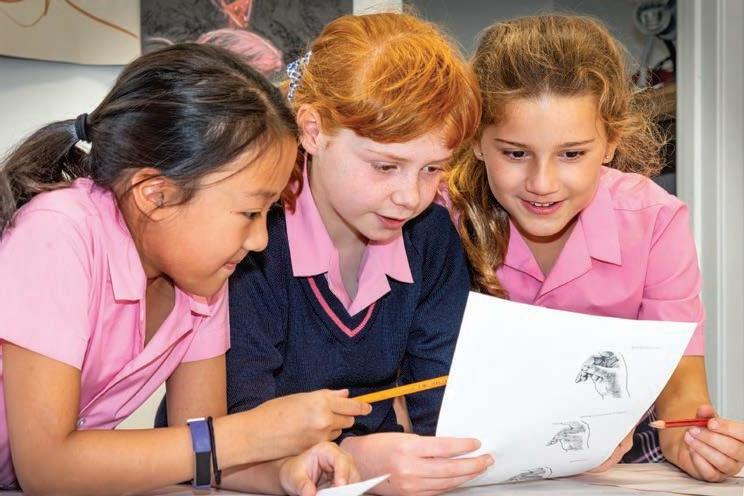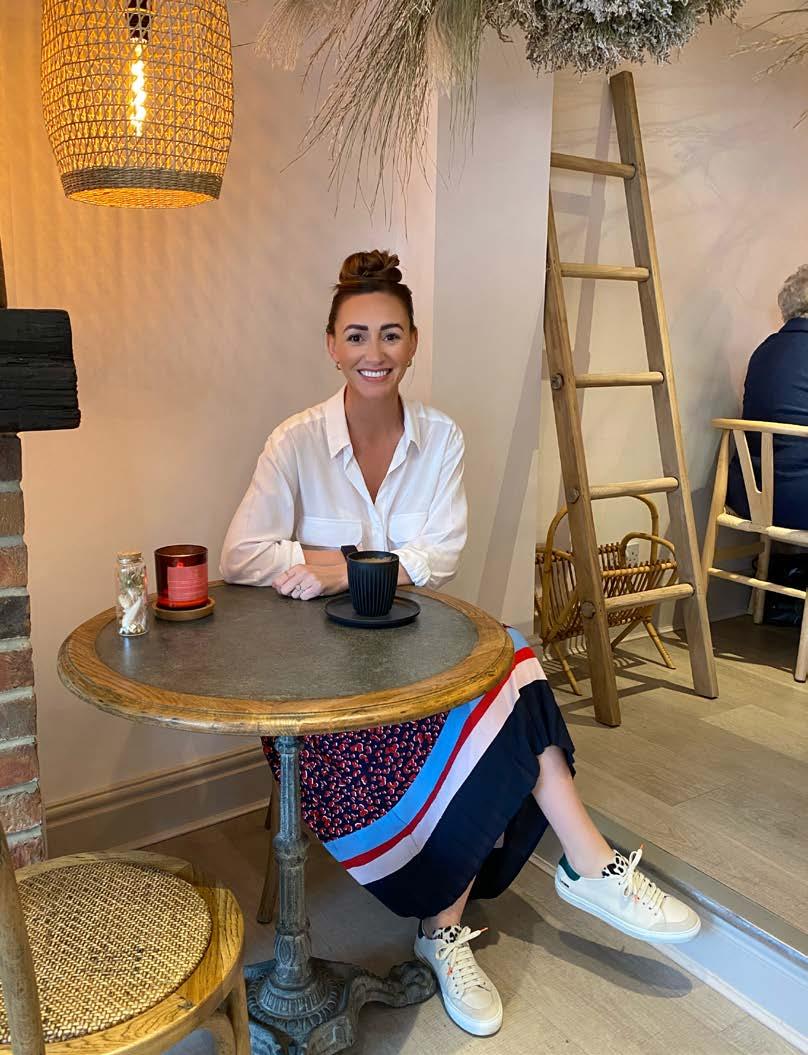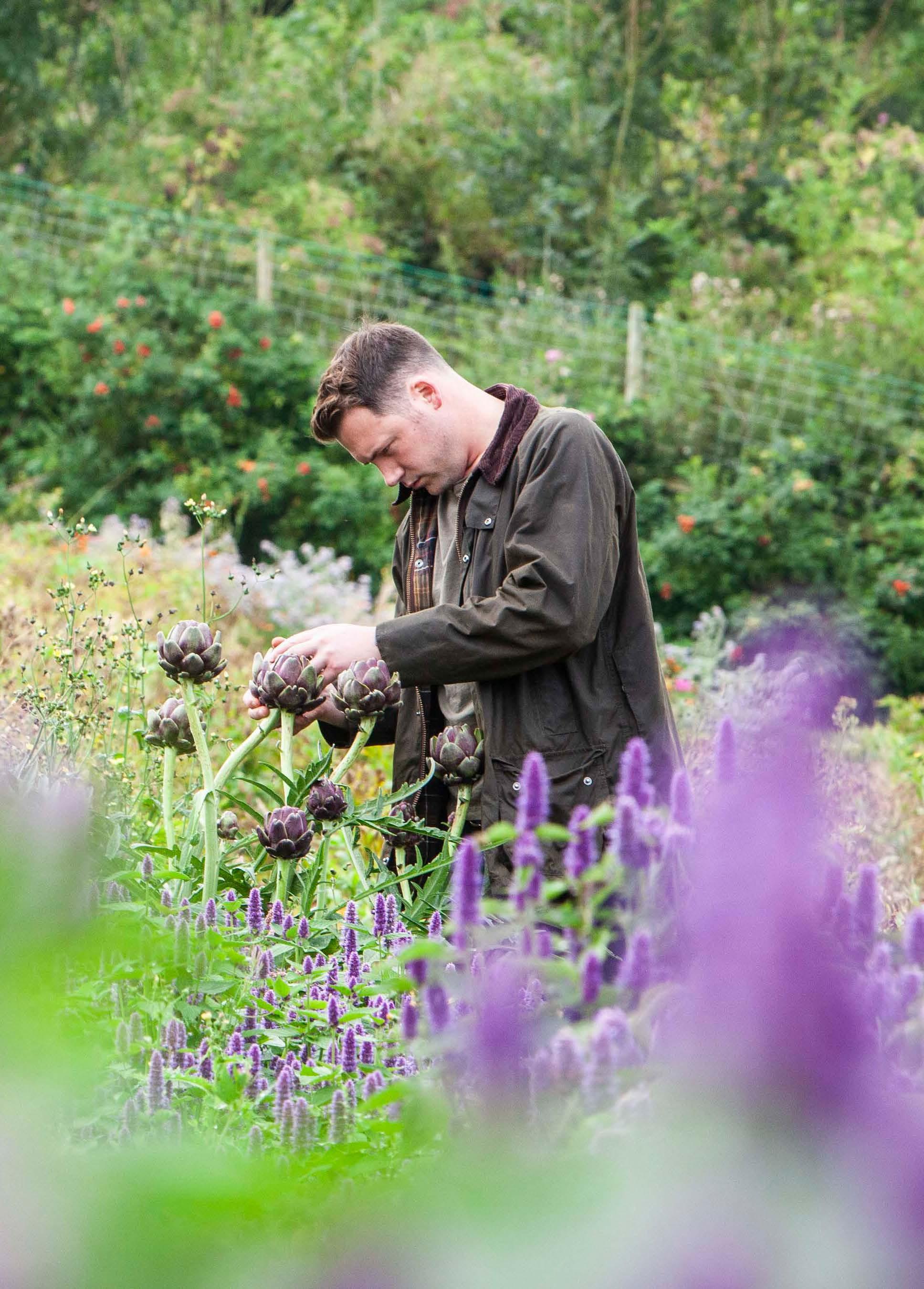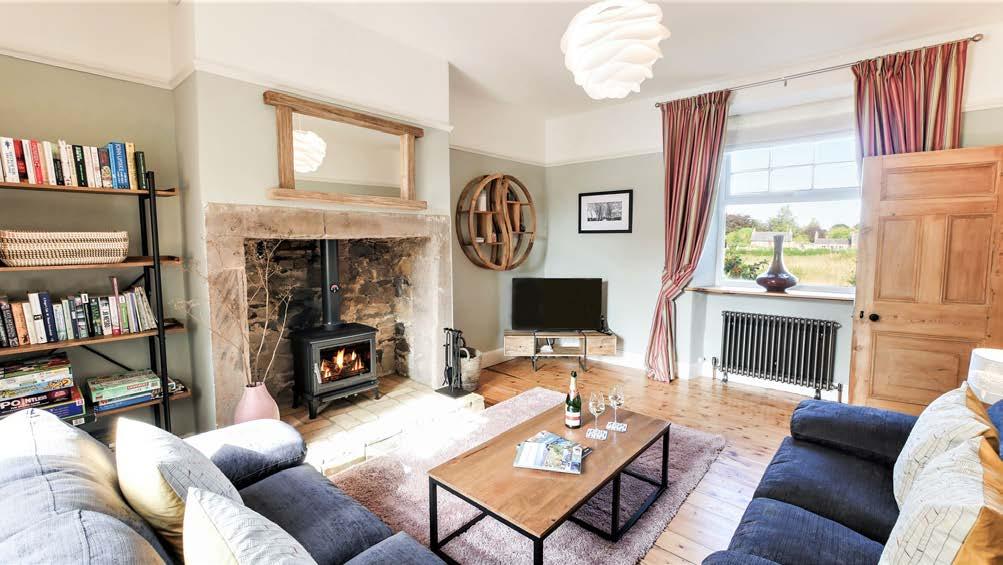
8 minute read
Safe haven
A safe haven
How to create a playful and perfectly safe space for children to enjoy at home
Advertisement
A child’s bedroom should be a safe haven; a place to switch off, enjoy and feel safe. After a busy term falling back into the school routine, youngsters should be able to return to a calm, relaxing environment. A place they can call their own. A place they can play, rest, sleep and most importantly, just enjoy being a kid. Here are some of the things to consider when creating your little one’s very own bubble...
LIGHT >> Bright lights can make it difficult for the brain to switch off. While your little one may feel sleepy, too much light can trick the brain into thinking it’s the middle of the day. Natural light is welcome during the day but as night falls, close the curtains and switch on a cosy lamp. Dimmer switches, reading lights and fairy lights are all great additions to let your child know bedtime is looming.
STORAGE >> A messy child is a happy child - a saying we hear often and one that should be encouraged. Having fun and making a mess in their own little world is a great way to keep kids entertained, while also giving them a platform to learn something new and unleash their creative side. However, when it comes to bedtime, toys and books scattered around the room can make it difficult for your child to relax. Investing in a storage system teaches organisational skills from a young age while creating a peaceful environment to wind down when the time is right.
COMFORT >> We all seek a little bit of comfort after a busy day, be it in the office or the classroom. Choosing the right size frame and mattress should all be taken into consideration before purchasing your child’s bed. As a parent you will be quite familiar with how often your child outgrows their belongings - it’s important to consider their age and height before making a decision on a big bed move.
DECOR >> Soothing hues such as baby pink, pale blue or soft yellow are recommended for creating a relaxing environment. Light greys and neutral shades are also encouraged to promote calm, cosy spaces, while staying clear of deep reds, bright oranges and dark blues. Your child’s craze of the moment can be factored in with a range of accessories from cushions and duvets, to curtains, accessories and more.
FURNISHINGS >> Stuffed animals, soft cushions and chunky blankets are great additions when it comes to creating a safe and comfortable environment for your little one to play, relax and enjoy a good night’s sleep. Pairing a giant bean bag with an elegant canopy is the perfect trick when creating a break-out area for reading and relaxing. Create the ultimate hiding place in the form of a teepee for littles ones to play or hunker down for a moment or two. Add in a desk for a funky arts and craft station, or a place to concentrate on homework.
FUN >> The most important detail in ensuring a safe haven, through the eyes of a child, is of course incorporating an element of fun. From electronic gadgets and their favourite toys, to arts and crafts, books and more, your bundle of joy will find comfort in seeing some of their favourite possessions in their bedroom. It’s what makes a space their own after all.
Excellence * starts here.
*Rated Excellent by the Independent Schools Inspectorate


Book your Virtual Open Day at dameallans.co.uk Junior School and Nursery: 19th September Boys’ and Girls’ Schools: 26th September Sixth Form: 26th September
For any further information please contact the Head of Admissions on 0191 275 0608. www.dameallans.co.uk

Little moments
Be patient and support your little one as they gently fall back into a school routine...
So, we’ve all been there. We’re waiting patiently at the school gates with a huge grin, excited to greet our child, and then we see them. They walk up to us with a face like thunder and start being cheeky, surly, angry or just downright rude. What has happened to our little angel who has behaved impeccably at school for Mrs. So-and-So? ASRC, that’s what’s happened. Or to be specific, ‘After-School Restraint Collapse.’ A Canadian psychotherapist coined the term to describe the regular meltdowns our children have for the first few days or weeks after returning to school. ASRC is very common in children of all ages, but especially younger children or those who are highly-sensitive, spirited or have additional needs. Don’t get me wrong, placid and easy-going children can also experience these meltdowns, but they probably won’t be as intense or as prolonged as they will be for other children. Let’s think about it. All day our children are asked to follow the rules, stay quiet, look at the whiteboard, finish their work, eat up etc. They have a list of orders and requests they need to follow, usually in quick succession. I am speaking as a former teacher with over a decade of classroom experience, and when I think back to the incessant demands I would put on my students, even in a loving and well-meaning way, it breaks my heart a little. The thinking part of a child’s brain is still developing (and won’t fully develop until mid-twenties) and so it takes an inordinate amount of mental energy and effort to successfully get through the school day. Most children enjoy school and are eager to please their teacher, but adjusting to the rules and regulations after a long break can be challenging. A child’s body is built for movement and play, not for sitting still on a carpet for 20 minutes or on a chair for five hours. A lot of the time, children are fighting against their natural instincts and urges, just to follow the rules. This is exhausting! So, when they see you at the school-gates, relief washes over them. They can relax. They can be themselves. But first they need to get rid of all of the pent-up emotions and frustrations they have suppressed. Take this as a positive sign. You are their safe space. They feel secure enough in your relationship to let loose because they know you love them unconditionally. What can you do to help them? The first thing I would say is, don’t take it personally. They are expressing their emotions about school not you. When you meet them at the gates or if they are older and walk through the door at home, feed them. Most kids are ravenous and probably thirsty too, so have a healthy snack and a drink waiting for them. Don’t bombard them with questions, even though you will be desperate to find out about their day. A simple “I missed you today and I love you” is a gentle way to reconnect after your time apart without forcing them to engage their thinking brain. Read their behaviour. Do you think they need to burn off some excess energy? If so, take them for a blast around the block on their scooter or head out to a local park if time permits. Alternatively, maybe they just want to come home and decompress by relaxing and watching a bit of TV or reading a book. Do they need to attend all of their regular after-school clubs or could you ease off a little until they get back into the swing of things? It’s important to allow your children the space and time they need after a busy day at school. If you’re juggling work or younger children and you don’t get a chance to see them straight after school, then make sure you

reconnect with them one-on-one sometime in the evening. This time is precious and should not be overlooked. If the after-school meltdowns continue longer than the first half-term, I would suggest talking to their teacher and finding out if there is something else going on at school that your child isn’t mentioning to you or reaching out to me for some support and coaching. Above all, give your children and yourself grace. They are trying their best at school and they need to have a place of respite at home. Your home is their haven.
Nadia x Corrina Atkinson Photography
Nadia McSheffrey is founder of The Tranquil Treehouse. Nadia works with parents to help them be the parent they want to be and find tranquillity in their family lives. She also works with children and teachers to support their own emotional wellbeing. For more information and daily parenting support, follow her at: thetranquiltreehouse.com and on Facebook and Instagram @tranquiltreehouse
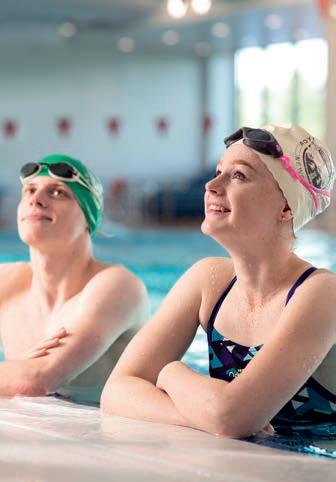
Your first choice for girls’ education

Start your daughter’s journey with us today.
Durham High School is an independent day school for girls aged 3-18, based in County Durham. Get in touch to find out what we have to offer.


